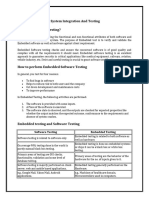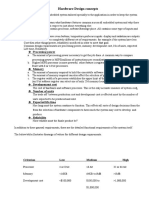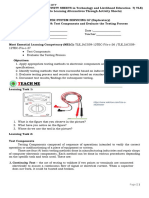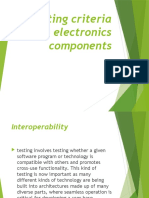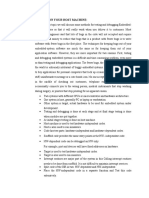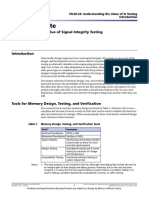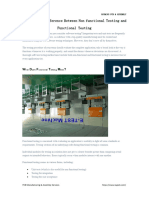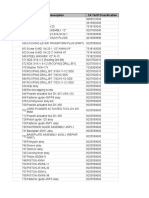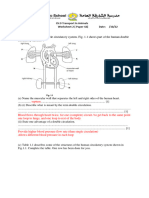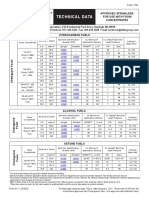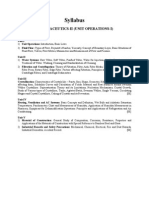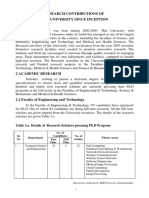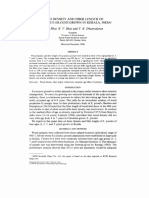0% found this document useful (0 votes)
43 views6 pagesHardware Testing in Product Development
Hardware testing is the process of verifying that hardware components meet specified requirements and function correctly, ensuring system performance and reliability. It involves various testing measures, including functional and non-functional testing, and utilizes tools to enhance testing efficiency. The process is crucial in product development to identify and resolve issues before market release, ultimately improving product quality and user experience.
Uploaded by
karthikthalaCopyright
© © All Rights Reserved
We take content rights seriously. If you suspect this is your content, claim it here.
Available Formats
Download as DOCX, PDF, TXT or read online on Scribd
0% found this document useful (0 votes)
43 views6 pagesHardware Testing in Product Development
Hardware testing is the process of verifying that hardware components meet specified requirements and function correctly, ensuring system performance and reliability. It involves various testing measures, including functional and non-functional testing, and utilizes tools to enhance testing efficiency. The process is crucial in product development to identify and resolve issues before market release, ultimately improving product quality and user experience.
Uploaded by
karthikthalaCopyright
© © All Rights Reserved
We take content rights seriously. If you suspect this is your content, claim it here.
Available Formats
Download as DOCX, PDF, TXT or read online on Scribd
/ 6



